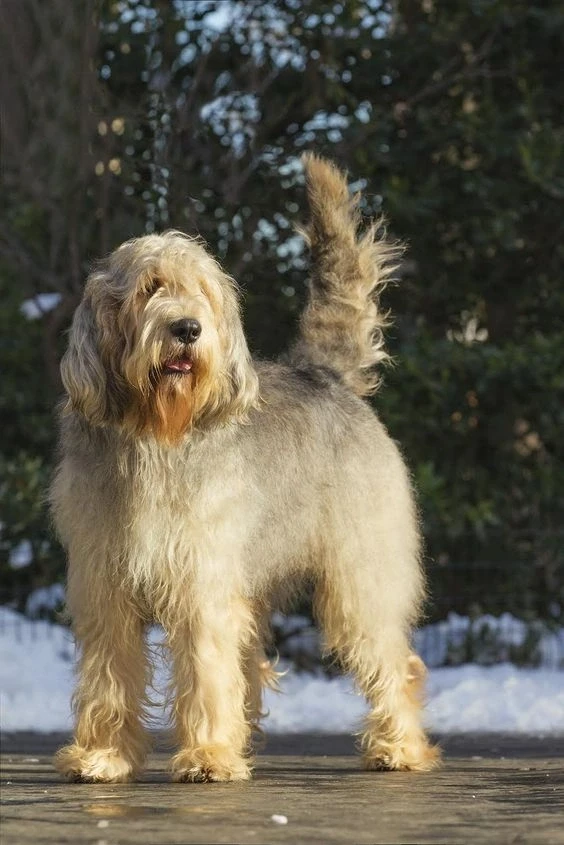
Otterhound
About
The Otterhound is a friendly, energetic, and independent breed that thrives in homes where they can be part of an active lifestyle. With their love for water, playful demeanor, and loyalty to their family, Otterhounds are well-suited for families who can provide plenty of exercise, training, and affection. Their unique combination of tracking prowess, friendly nature, and distinctive appearance makes them a cherished companion for those who appreciate their rare and spirited character.
 Breed Size
Breed Size
-
Weight (Male)
41-52 kg
-
Weight (Female)
29-41 kg
-
Height (Male)
61-69 sm
-
Height (Female)
61-69 sm
 Coat
Coat
-
Fur Type
Rough/Double
-
Color
One color
 Care
Care
-
Walk
>45 minutes/day
-
Breed group
Hound Group
-
Breed Size
L
-
Demeanor category
Alert/Responsive
 Breed Traits
Breed Traits
-
Barking
-
Good with young children
-
Drooling
-
Energy level value
-
Grooming frequency value
-
Good with other dogs
-
Trainability
 Breeds Club Recognition
Breeds Club Recognition
-
Trainability Category
>May be Stubborn
-
Temperament
>Even-Tempered, Amiable, Boisterous
Description
The Otterhound is a large, rugged scent hound, originally bred in England in the Middle Ages for hunting otters in rivers and streams. This breed descends from early European scent hounds, resulting in an intelligent, determined, and highly skilled tracker.
- Origin: England, developed for hunting and tracking.
- Strong scenting ability: Excellent nose for following game trails.
- Intelligent and trainable: Quick learner but can be independent.
- Loyal and friendly: Forms strong bonds with its family.
- Thick, rough, water-resistant coat: Needs regular grooming to prevent matting.
The Otterhound is a hardworking and social companion, excelling in scent work, tracking, and endurance. With proper training and early socialization, they become well-mannered, affectionate pets suited for active owners and outdoor enthusiasts.
